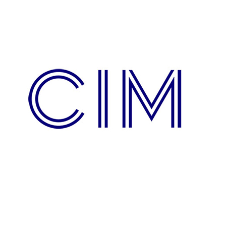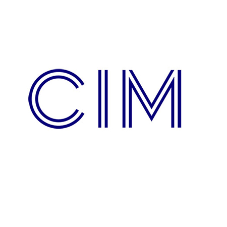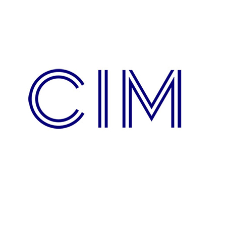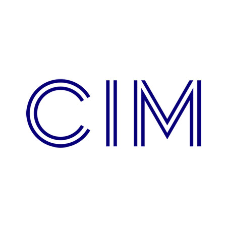By Gavin Tadman, Committee member of the Chartered Institute of Marketing Construction Industry Group (CIMCIG) and Director, CIB Communications.
I recently presented an overview on how to effectively communicate to and engage with architects, at a CIMCIG event. Basing this on both my own experience and the latest research, I concluded that architects definitely inhabit a different space within our industry.
We know that architects require a real breadth of understanding, needing to draw and do maths; to juggle with angles and calculations; make things look good; understand the properties of materials; conform to regulations; keep up with trends; make buildings that are efficient; comply with planning; enhance people’s lives and continually learn about new processes, materials and changes to building regs. No wonder then that to become an architect you need to study for 7 years. Yes, the same period of study required as doctors and vets. Having to continually balance all these requirements, it therefore stands to reason that architects need your help, as a manufacturer, to keep them informed about the products and services you offer?
At this point you have to factor in two things. Firstly, architects are the most sold to profession in the construction industry. Secondly, they are not superhuman. They have so many things to consider (as listed above) that they will only want to hear about your products and services when they have a relevant project. This is why having an ongoing communications programme to architects is so important in keeping your brand and products top of mind when they need to find you. If your brand is strong and you continue to invest in the touchpoints where architects are going to be exposed to your brand messaging, then you’re more likely to be specified as part of an architect’s project detailing.
Recent research, The Construction Media Index 2017, tells us that the vast majority still read hardcopy magazines and journals more than they access online publications. Articles and case studies are a good source of quality content and information, with case studies, especially in the younger cohort, being valued for the inspiration that they can provide. Unsurprisingly, those under 35 are more likely to read online blogs and articles, with more than half of respondents reading blogs and online articles at least once a week.
The pace for professionals to use social networks has increased over the last 3 years, with 84% of respondents using social networks for work, compared to 2015 when only 60% used them in this way, with the three main platforms, LinkedIn, Facebook and Twitter being used by 81%, 75% and 45% of respondents, respectively.
A point of focus for product manufacturers is the more accurate, standardised and up-to-date the information provided to the specifier at the point of specification, the easier it is for the specification to be defended. Similarly, any strong technical advice that manufacturers can offer will help specifiers to create a robust specification ensuring their original design intent is retained.
So, what makes architects unusual and what can you do to make the difference? Architects are complex individuals with an extensive knowledge base facing requirements that seem overwhelming at times. They need all the help and assistance that they can get, but, only on their terms. From an architect’s perspective, the added value elements and technical back up you can provide is crucial. So, create the visibility, be credible and nurture and continue to invest in your relationship with them. Once their trust is gained and, as long as you don’t let them down, they will come to trust and rely on your continued support.
Barbour Product Search can help you to increase your visibility to the full specification audience by promoting your company and products through our digital channels. Email editor@barbourproductsearch.info for more information.
Related Blog Articles



![Communicating with specifiers & developing a personalised persona [EVENT] Communicating with specifiers & developing a personalised persona [EVENT]](/20/blogentry/00/04/48/th382.png)







![A strategy for communicating with specifiers [EVENT] A strategy for communicating with specifiers [EVENT]](/20/blogentry/00/03/82/th382.png)